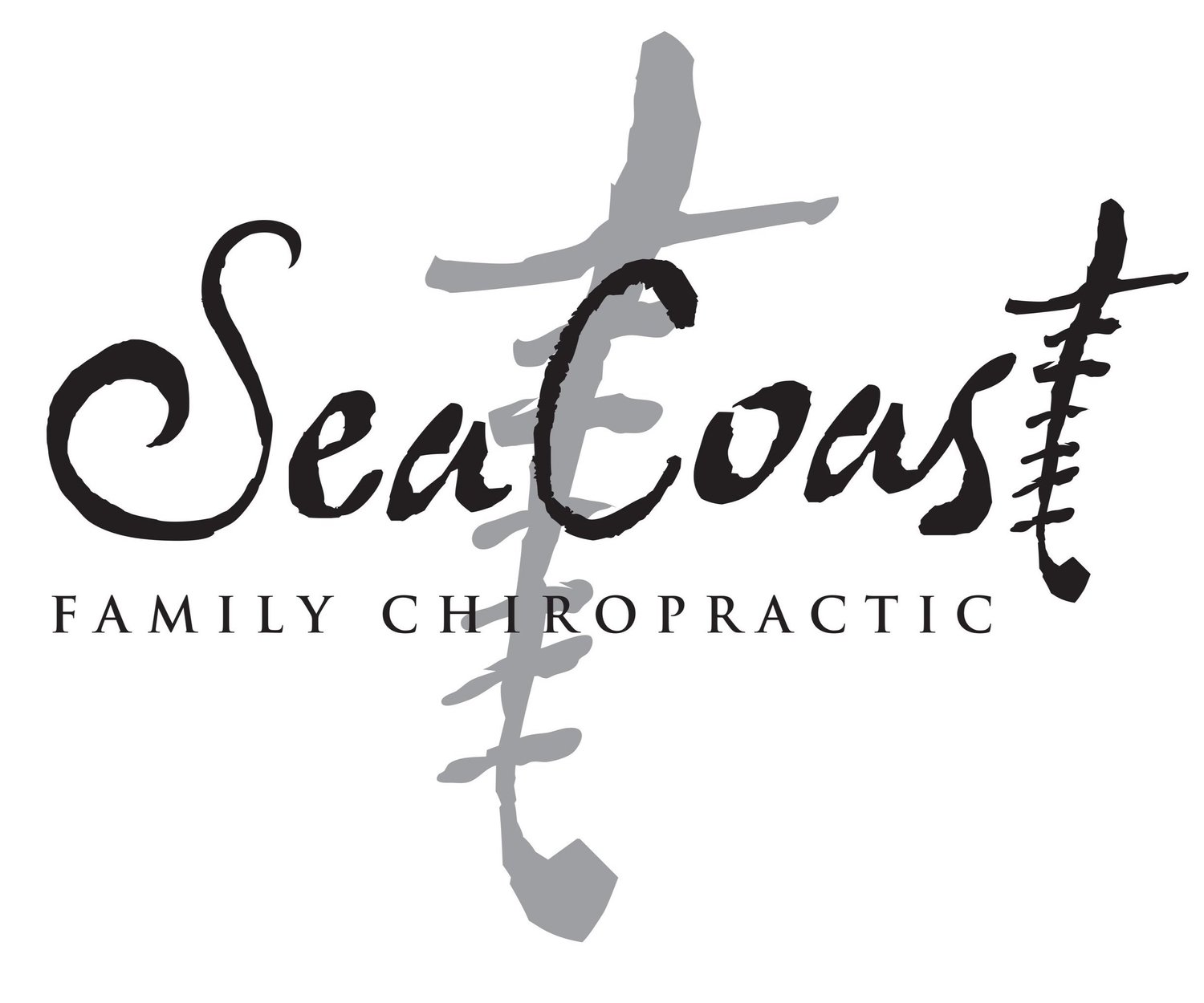Exercise and Stretching
Exercise and stretching daily can help your mind and body stay healthy. With so many different choices for exercise, which ones are right for you? If you need help deciding, we can discuss the options that would be most beneficial for you.
Aerobic Exercise (Cardio)
Aerobic exercise has a great impact on physical health, a huge part of wellness. It gets your heart pumping and your lungs working vigorously. “Aerobic” means your body needs oxygen to produce the energy needed for performing these types of cardiovascular exercises (also the reason some people refer to aerobic exercise as “cardio”). Aerobic exercise doesn’t have to be high impact—swimming, walking and riding a bicycle can all be aerobic activities.
The goal for aerobic exercise is to work hard enough to reach your target heart rate in order to improve heart and lung function as well as circulation and, for many, to maintain a healthy weight. Your target heart rate depends upon your goals for aerobic exercise. For example, if you are looking to shed a few pounds, you should aim for a heart rate that is about 60% to 70% of your maximum heart rate. Maximum heart rate is calculated by subtracting your age from 220. So, let’s say you are 30 years old and looking to lose some weight. For you, the heart rate you’re trying to achieve while exercising is 60% to 70% of your maximum heart rate (220 – 30 = 190), so between 114 and 133 heartbeats per minute would be your goal.
There are lots of fancy apps, watches, trackers and counters that can monitor your heart rate, but taking your pulse by feeling it at your neck or on your wrist will do the trick, too!
Strength Training
Besides improving muscle strength and body mass, strength training—which includes lifting weights and other forms of resistance training—helps to build bone and burn calories. Adding resistance (load) to the bones triggers bone-building. For your body to build bone, though, you have to add more resistance than you’d get doing everyday activities. Building muscle also means you’ll be burning more calories throughout the day since muscles burn calories even at rest.
Stretching
Stretching exercises have enormous benefits when it comes to wellness. First, adding stretching exercises to your everyday routine will help improve and maintain flexibility. More flexibility means less strain and pressure on muscles and joints and may ultimately keep you from becoming injured during other exercise or activities. Balance and coordination may also be improved by incorporating stretching into your daily exercise. Stretching has also been shown to improve circulation, muscle strength and mood, and all of these benefits promote wellness.
How Much Exercise Do You Need?
The amount of exercise you need depends on the type of exercise you are doing. Aerobic exercises/cardio should be done for 30 minutes daily for at least five days each week. The 30 minutes can be broken up into segments of exercise if that is easier for you. If you are strength training, you should add at least two training sessions per week.
If you are unsure about which exercises or stretches may be good for you, or if you have questions about exercise in general, we are happy to answer your questions.
